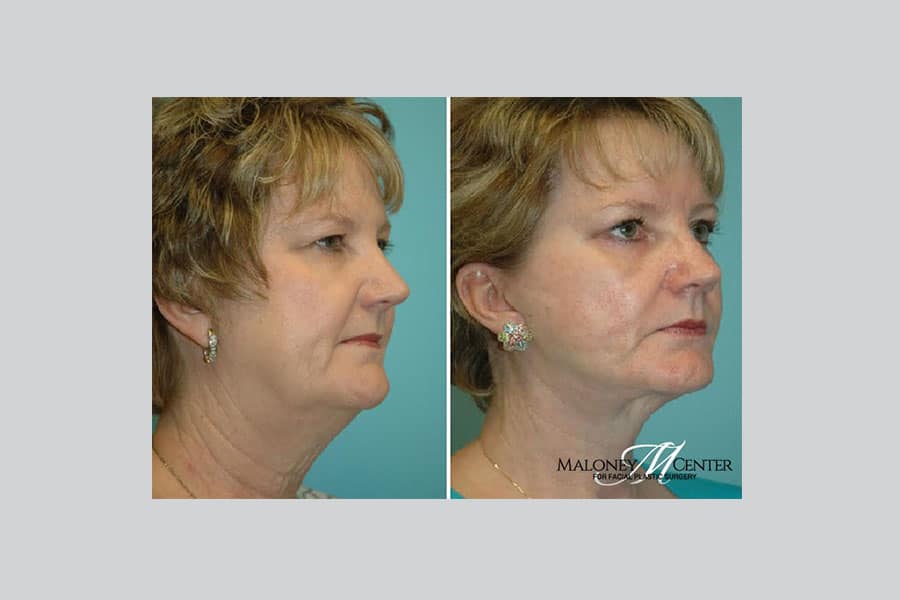
 Botox® treatments in Atlanta have been steadily on the rise for years, and with good reason. If administered correctly by a skilled facial plastic surgeon, the results will be subtle, soft and natural looking. You’ll still look like you, just slightly more youthful and better rested.
Botox® treatments in Atlanta have been steadily on the rise for years, and with good reason. If administered correctly by a skilled facial plastic surgeon, the results will be subtle, soft and natural looking. You’ll still look like you, just slightly more youthful and better rested.
Unfortunately, not everyone administering Botox® treatments has the skill to do it correctly. And some patients may not be receiving the correct number of treatments. This brings up some important questions. How much Botox® is too much or too little? How often do you need Botox® treatments to maintain fabulously rejuvenated appearance?
Let’s begin answering these questions with a look at how Botox® treatments work.
How Botox® Treatments Work
When you make a facial expression that causes wrinkles to appear, what is actually happening is the muscles underneath the skin are contracting. These contractions make your facial expressions possible, but they also cause wrinkles to develop over time. The less the muscles contract, the fewer wrinkles you have. What Botox® does is stop the muscles from moving which also prevents wrinkles from forming.
So how does Botox® stop muscle movement? Botox® stops the muscles from moving by shutting down communication between your facial nerves and your brain. When those lines of communication are down, your muscles remain relaxed and your wrinkles lose definition. The areas of the face where this type of treatment is most effective are the forehead, the mouth area, and the eye area.
Maintaining Botox® Results
The effects of Botox® treatments can last up to six months (generally 3-4 months). After this time, the treated muscles will slowly regain their ability to receive messages from the brain and their movement will cause wrinkles to reappear.
Facial plastic surgeons typically recommend getting a new round of treatments approximately every three to four months to prevent wrinkles from re-appearing. Receiving treatments any more frequently than that can produce an overabundance of Botox® in the body, resulting in a frozen, unnatural appearance.
With repeated use of Botox®, some individuals find that they are able to extend the amount of time between Botox® treatments. This is because the muscles have adapted to the relaxed position and the individual is no longer in the habit of engaging in the repeated movements that caused the wrinkles to initially form.
Some individuals begin to see wrinkles re-appear after only three months, while others experience satisfactory results six months later. Much of this has to do with average muscle activity and body chemistry.
Still Have Botox® Questions? Schedule a Consultation with Dr. Maloney
Ultimately, an experienced facial plastic surgeon will be able to advise you on how often you should receive Botox® treatments. This is one reason why consultations are very valuable for both the doctor and the patient.
I consider consultations a crucial part of my practice. Consultations give me the chance to get to know my patients and for my patients to get to know me. It’s very important for me to spend time with each patient and understand what they want to achieve through their treatment plan.
If you’re thinking about giving Botox® treatments a try, contact me at 770-804.0007 for a consultation. We’ll discuss your cosmetic goals and find the best treatment option for you.







